Study, work or travel in the UK. British
culture and life.


Chinese New Year Celebrations in London
|
|
Study, work or travel in the UK. British
culture and life.
|
|
||
|
|
|
|
||
 |
||||
|
|
|
|
||
 |
||||
|
Chinese New Year Celebrations in London
|
||||
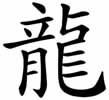 |
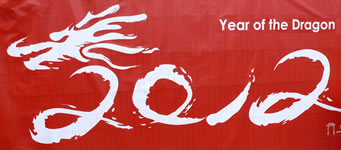 |
 |
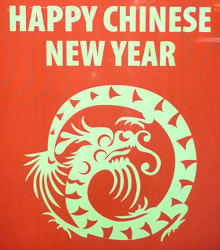 |
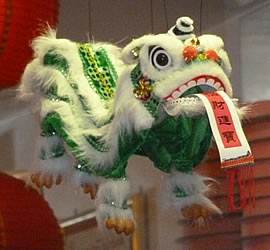 |
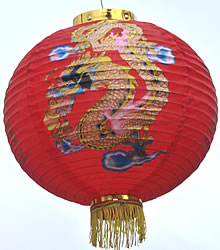 |
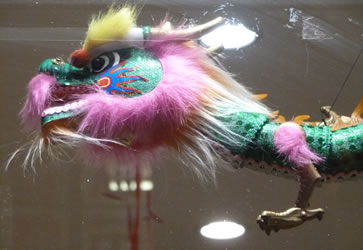 |
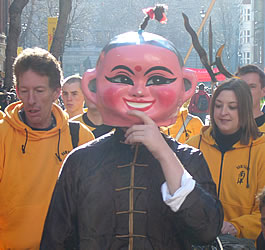 |
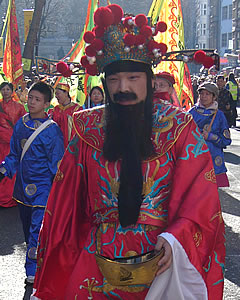 |
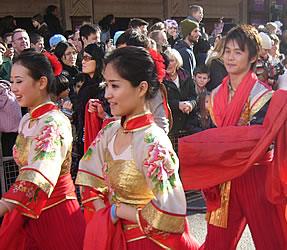 |
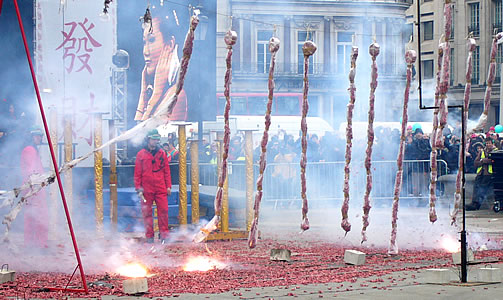 |
 |
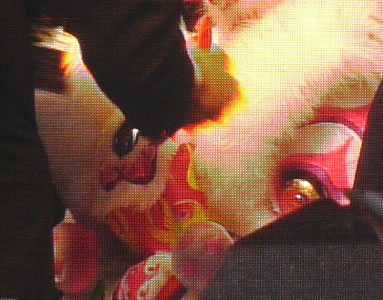 |
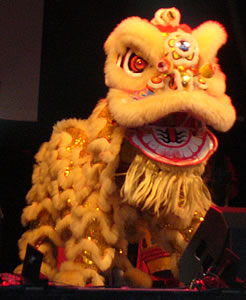 |
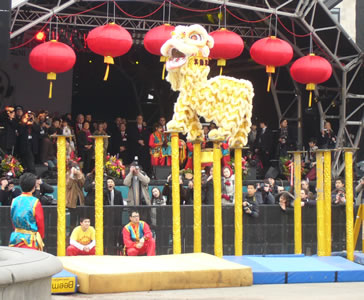 |
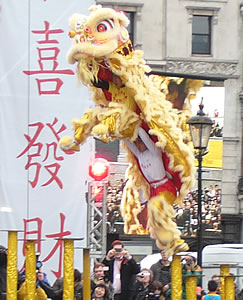 |
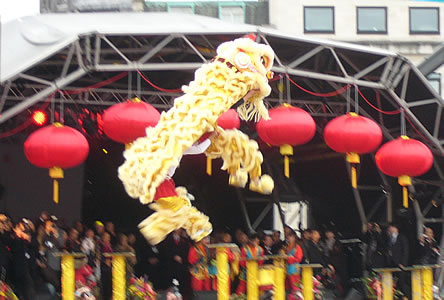 |
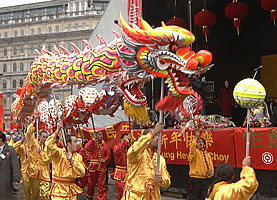 |
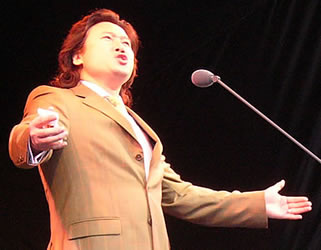 |
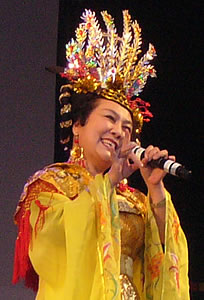 |
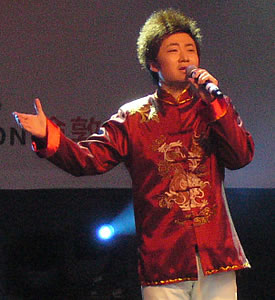 |
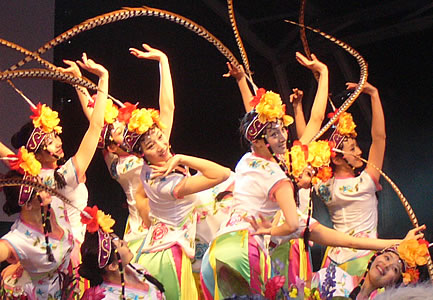 |
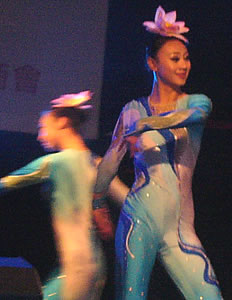 |
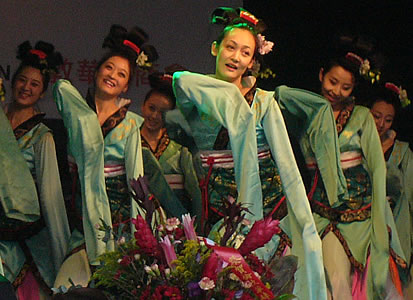 |
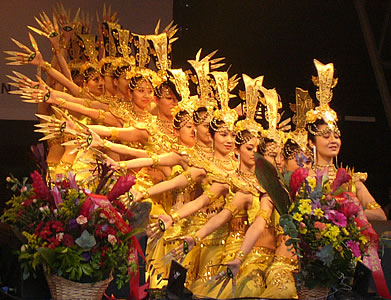 |
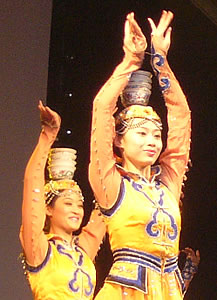 |
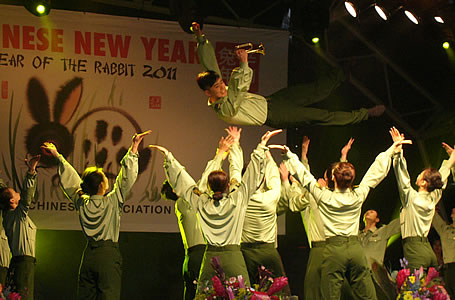 |
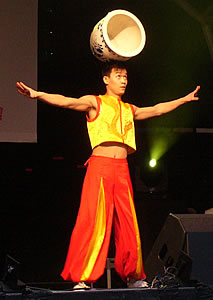 |
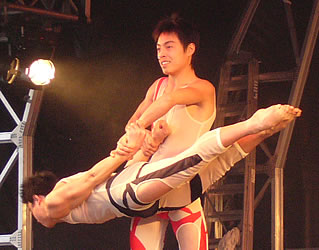 |
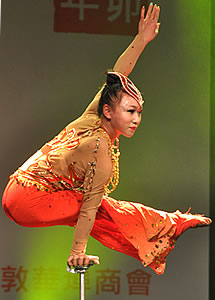 |
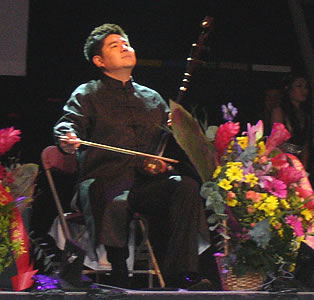 |
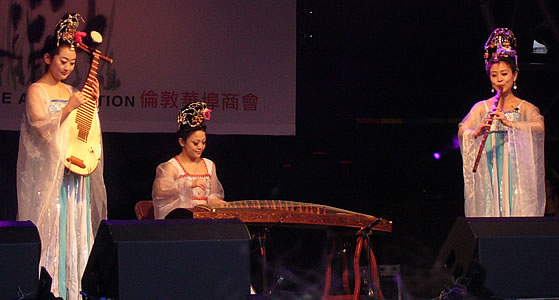 |
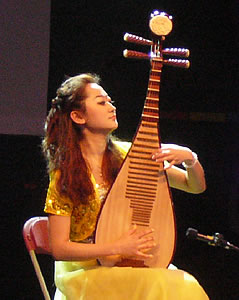 |
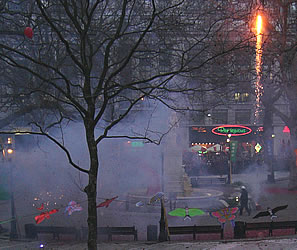 |
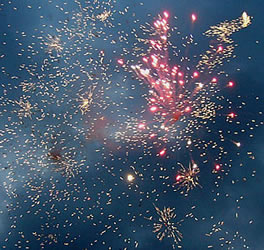 |
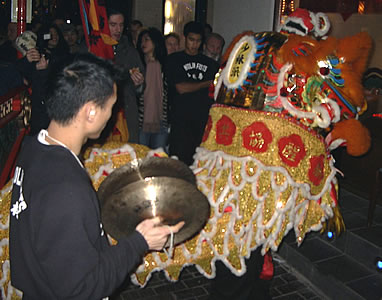 |
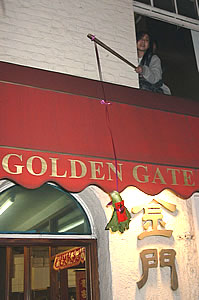 |
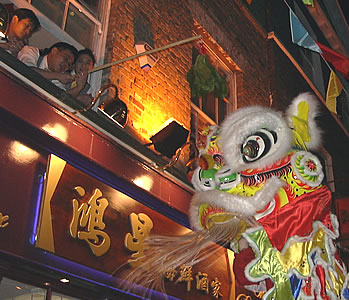 |
|
CHINESE ZODIAC SIGNS
|
|
Rat
|
31 Jan 1900
|
18 Feb 1912
|
05 Feb 1924
|
24 Jan 1936
|
10 Feb 1948
|
|
Ox
|
19 Feb 1901
|
06 Feb 1913
|
25 Jan 1925
|
11 Feb 1937
|
29 Jan 1949
|
|
Tiger
|
08 Feb 1902
|
26 Jan 1914
|
13 Feb 1926
|
31 Jan 1938
|
17 Feb 1950
|
|
Rabbit
|
29 Jan 1903
|
14 Feb 1915
|
02 Feb 1927
|
19 Feb 1939
|
06 Feb 1951
|
|
Dragon
|
16 Feb 1904
|
03 Feb 1916
|
23 Jan 1928
|
08 Feb 1940
|
27 Jan 1952
|
|
Snake
|
04 Feb 1905
|
23 Jan 1917
|
10 Feb 1929
|
27 Jan 1941
|
14 Feb 1953
|
|
Horse
|
25 Jan 1906
|
11 Feb 1918
|
30 Jan 1930
|
15 Feb 1942
|
03 Feb 1954
|
|
Ram
|
13 Feb 1907
|
01 Feb 1919
|
17 Feb 1931
|
05 Feb 1943
|
24 Jan 1955
|
|
Monkey
|
02 Feb 1908
|
20 Feb 1920
|
06 Feb 1932
|
25 Jan 1944
|
12 Feb 1956
|
|
Rooster
|
22 Jan 1909
|
08 Feb 1921
|
26 Jan 1933
|
13 Feb 1945
|
31 Jan 1957
|
|
Dog
|
10 Feb 1910
|
28 Jan 1922
|
14 Feb 1934
|
02 Feb 1946
|
18 Feb 1958
|
|
Pig
|
30 Jan 1911
|
16 Feb 1923
|
04 Feb 1935
|
22 Jan 1947
|
08 Feb 1959
|
|
Rat
|
28 Jan 1960
|
15 Feb 1972
|
02 Feb 1984
|
19 Feb 1996
|
07 Feb 2008
|
|
Ox
|
15 Feb 1961
|
03 Feb 1973
|
20 Feb 1985
|
07 Feb 1997
|
26 Jan 2009
|
|
Tiger
|
05 Feb 1962
|
23 Jan 1974
|
09 Feb 1986
|
28 Jan 1998
|
14 Feb 2010
|
|
Rabbit
|
25 Jan 1963
|
11 Feb 1975
|
29 Jan 1987
|
16 Feb 1999
|
03 Feb 2011
|
|
Dragon
|
13 Feb 1964
|
31 Jan 1976
|
17 Feb 1988
|
05 Feb 2000
|
23 Jan 2012
|
|
Snake
|
02 Feb 1965
|
18 Feb 1977
|
06 Feb 1989
|
24 Jan 2001
|
10 Feb 2013
|
|
Horse
|
21 Jan 1966
|
07 Feb 1978
|
27 Jan 1990
|
12 Feb 2002
|
31 Jan 2014
|
|
Ram
|
09 Feb 1967
|
28 Jan 1979
|
15 Feb 1991
|
01 Feb 2003
|
19 Feb 2015
|
|
Monkey
|
30 Jan 1968
|
16 Feb 1980
|
04 Feb 1992
|
22 Jan 2004
|
08 Feb 2016
|
|
Rooster
|
17 Feb 1969
|
05 Feb 1981
|
23 Jan 1993
|
09 Feb 2005
|
28 Jan 2017
|
|
Dog
|
06 Feb 1970
|
25 Jan 1982
|
10 Feb 1994
|
29 Jan 2006
|
16 Feb 2018
|
|
Pig
|
27 Jan 1971
|
13 Feb 1983
|
31 Jan 1995
|
18 Feb 2007
|
05 Feb 2019
|
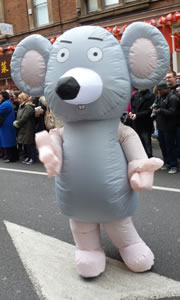 Rat |
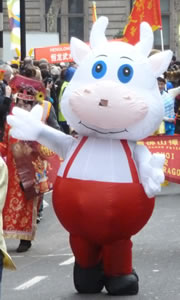 Ox |
 Tiger |
 Rabbit |
 Dragon |
 Snake |
 Horse |
 Ram |
 Monkey |
 Rooster |
 Dog |
 Pig |
|
Animal
|
Characteristics of people born in the year of this animal |
|
Rat
|
Ambitious, clever and devoted to their family. Hard-working and imaginative. Not always sure of themselves and do not always plan for the future. Will always stand by their friends. |
|
Ox
|
Born leaders who will work hard to achieve their aims. Dependable, good organisers and not easily influenced by others. Patient, loyal to their friends and expect loyalty in return. |
|
Tiger
|
Sensitive, emotional and adventurous. Confident, risk takers and dislike taking orders. Good at seeing problems, but less able to see the solutions. Warm and generous to the people they love. |
|
Rabbit
|
Affectionate, gentle with strong family ties. Caring and hates conflict. Peace-makers with lots of friends. Dislike being the centre of attention and enjoy the good things of life. |
|
Dragon
|
The luckiest of the animals. Confident, hardworking and always strive to be top. Full of energy, determined and inspire other people. Don’t like routine. Popular and fun-loving. |
|
Snake
|
Charming and good thinkers. Love the finer things in life, so only the best is good enough. Good at making and saving money. Prefer not to rely on other people. |
|
Horse
|
Very hardworking and independent. Will work on and on until a job is finished. Very intelligent, ambitious and expect to succeed. Can cope with several projects at once. Easily fall in love. |
|
Ram
|
Elegant, artistic and good-natured. Inclined to worry too much. Peace-lovers who prefer to avoid disagreements. Family is very important. |
|
Monkey
|
Very clever, but mischievous. Love a challenge and can wriggle out of difficult situations by thinking through difficult problems. Highly successful and well-liked. |
|
Rooster
|
Hardworking, strong-willed and confident. Well organised and good time keepers. Enjoy being the centre of attention and love flattery. Can be outspoken and may criticise other people. |
|
Dog
|
Faithful, honest and ready to serve others. Believe in truth and justice. Willing to listen to people’s problems. Do not easily forgive those who cross them. Tend to worry too much. |
|
Pig
|
Honest, peace-loving and make good friends. Will try not to argue and rarely lose their temper. Love the good things in life and are very willing to share with others. Can be untidy at home. |
| There is a folk story that describes how the animals were assigned to the cycle of 12 years in the Chinese Zodiac. Many hears ago, the Lord Buddha summoned all the animals together to assign a year to each of them. When the cat heard the news, he told his friend the rat and they decided to go together the next day. However, the following morning the rat did not wake the cat and left him sleeping. The cat was late, which is why there is no year of the cat, and why cats now hate rats. The rat knew that a small animal like him would not be able to travel as fast as the other animals, so he begged the ox to let him ride on its head. The ox agreed and they went together. Just when they were about to arrive, the rat jumped off the ox's head and arrived first. This is why the year of the rat is the first year in the cycle and the year of the ox is the second. |
|
FURTHER INFORMATION
|
|
|
|